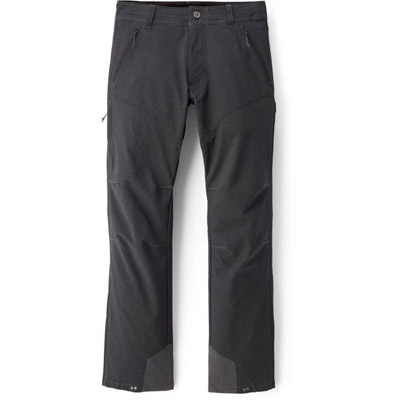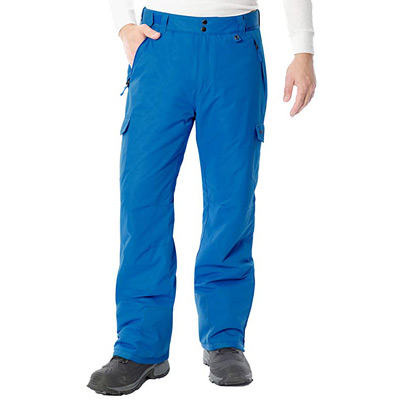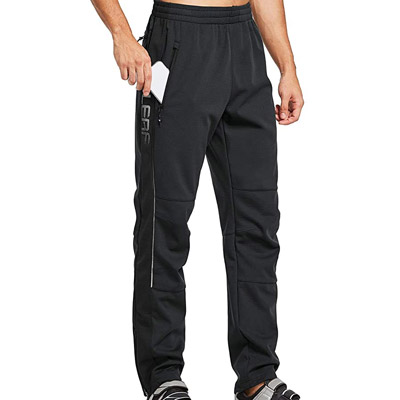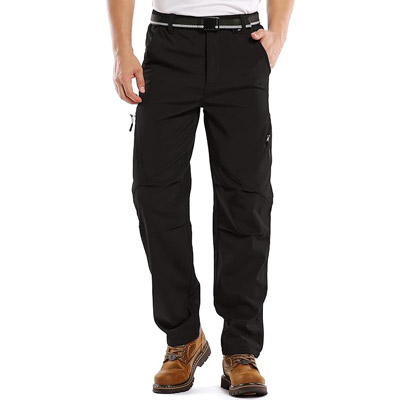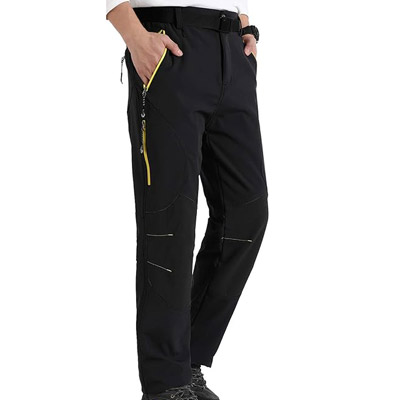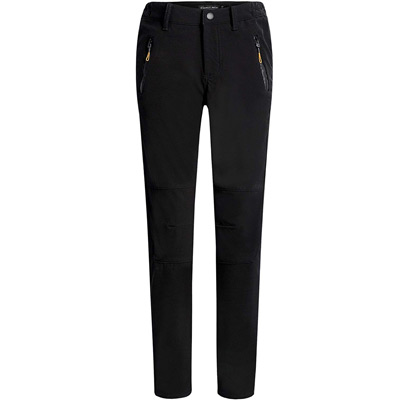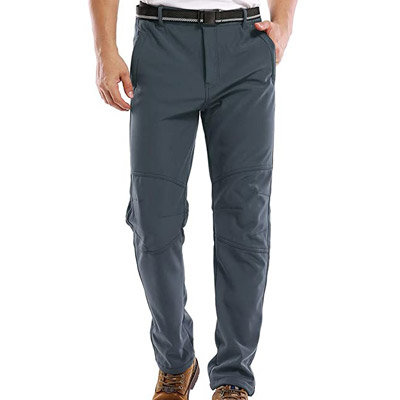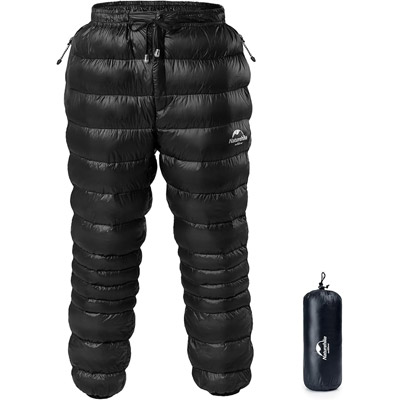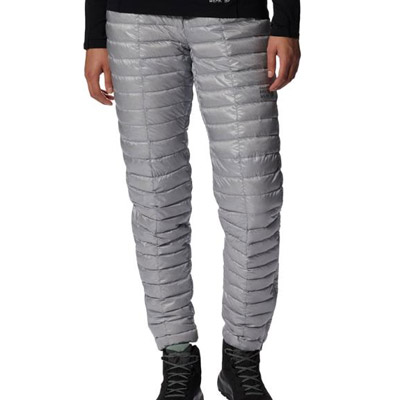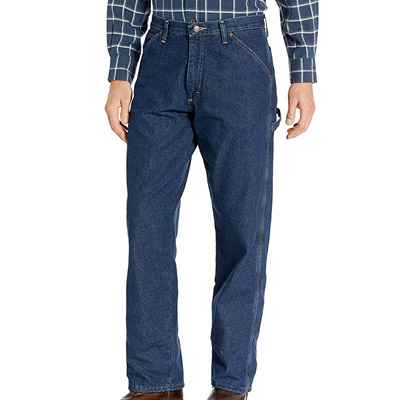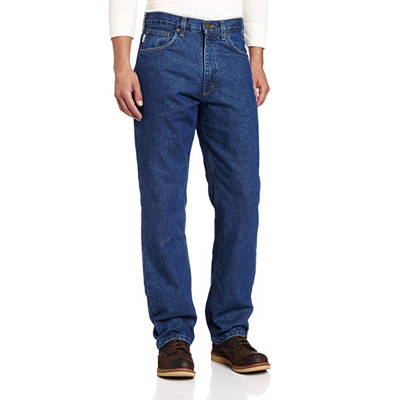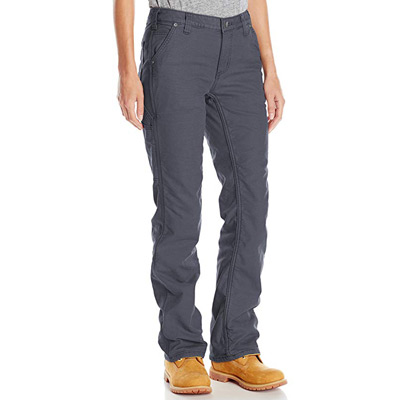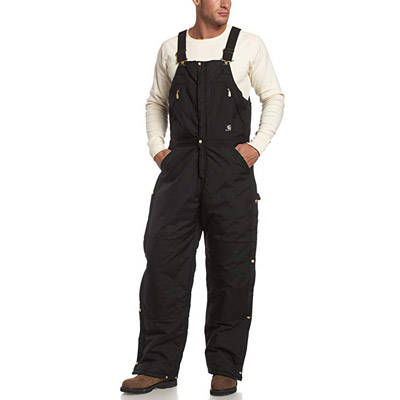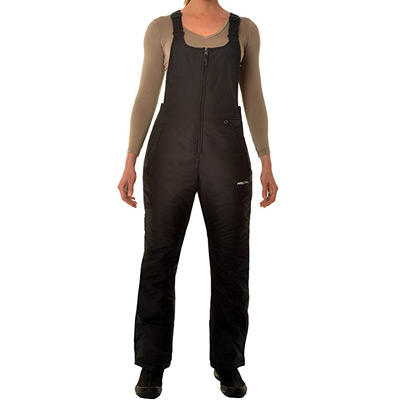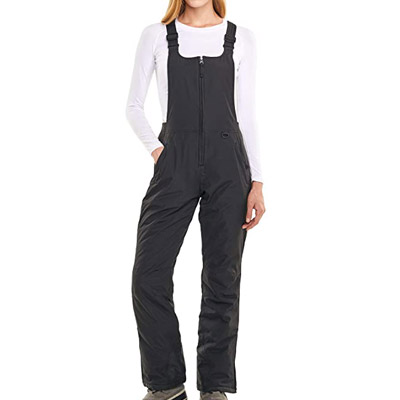Winter Pants - Cold Weather Insulation
The legs are often the most poorly insulated part of the body, while warm tops and coats get a look in when winter arrives, as often as not, the same pants are pulled on as at any other time of the year. Winter-weight pants will make a big difference to your warmth and comfort.
![]() This is the US page |
Go
to UK page
This is the US page |
Go
to UK page
![]()

Warm, insulated,
windproof pants
are what you need for winter.
Winter pants basics
Most of the time your pants are going to be an outer layer, so they need to be wind resistant. A degree of stretch aids comfort as does a soft lining material, fleecy or brushed inner surface. Tight is bad as it constricts the circulation and doesn't allow for an insulating air gap.
Your legs aren't part of the body core, so when it's cold their blood circulation can be reduced somewhat to prevent heat loss. Your perception may be that it isn't so bad or you may be able to ignore the fact that your legs are cold, but they will be losing a lot of heat that will make you feel cold overall. The response is often to add another top layer but this makes much less difference than dealing with the source of the heat loss.
Hiking, insulated and snow pants
There are a whole range of modern materials such as polyester, nylon and polyamide which can make great outdoors pants for colder weather hiking and/or snow sports.
Hiking pants are usually a more relaxed fit than many casual pants allowing for greater freedom of movement and giving room for thermal underwear for extra warmth. The relaxed fit means that circulation is not affected and traps a layer of warm air within the pants. Hiking pants may also come with additional insulation, they may be lined with a separate thermal layer or have more substantial insulating material.
Men's insulated pants
Women's insulated pants
Softshell
Softshell fabrics are a good choice for outdoor winter pants, they give a good degree of weatherproofing against wind and light rain. They are good for sport and other active use as they are very breathable. Softshell is designed for cold conditions with extra surface weatherproofing though are not sufficient for extended rain or very strong cold winds. "Hard shells" are fully wind and waterproof, though less comfortable to wear for extended periods.
More men's softshell pants
More women's softshell pants
Cotton outer, fleece lined
Cotton is a very practical material for pants, whether they be for work or casual styles such as chinos or jeans. Cotton is a hard wearing, smooth and comfortable material, but isn't good when it gets cold.
A great solution to this is to line the pants with fleece for extra warmth, like having built-in thermal underwear allowing you to wear your favourite pants style year-round. Don't use these for hiking or skiing or in conditions where they might get wet. Cotton in the wet and cold is unforgiving, it loves to hang on to water making it downright miserable to wear and possibly dangerous increasing the risk of hypothermia.
More
men's fleece lined cotton pants
More
women's fleece lined cotton pants
Bib overalls, bibs
High pants with a chest panel and maybe a back panel too, they add extra insulation and keep you covered while squatting, bending or stretching, especially good for work activities or skiing where there is a chance of exposing the midriff or getting snow ingress at the waist.
Available with tough cotton outers for work, with snow gaiters at the ankle for skiing and varying amounts of insulation.
More
men's bib pants
More
women's bib pants
Traditional materials - moleskin, corduroy and wool
Moleskin and corduroy are heavyweight, soft cotton fabrics. They have a tight dense weave with a soft nap on the outside adding to comfort and resistance to wind. They are great for warmth, comfort and practicality. The downside is that they are not as long-term hardwearing as synthetic materials and tend to cost a little more. Cotton is a very poor insulator when wet.
These fall in between dress and casual wear in terms of smartness, corduroy maintains its look for longer while moleskin becomes faded and a little baggy around the knees in a similar way to denim.
The whole time I was in Antarctica I wore moleskin pants, something I still wear in the colder months.
Men's
moleskin pants
Men's
corduroy pants
Women's
corduroy pants
Formal or dress pants in wool
If you have to wear formal pants, then you're probably going to be indoors most of the time, though there may be draughts and lower winter temperatures to deal with. There's also travelling where even if you make the journey by car, it can be really cold until it gets warmed up.
Fine wool is widely used for smart pants and this is what you should look for. Heavy rather than light weight is better for warmth of course as is a lining which may be present on the front of thigh area.

